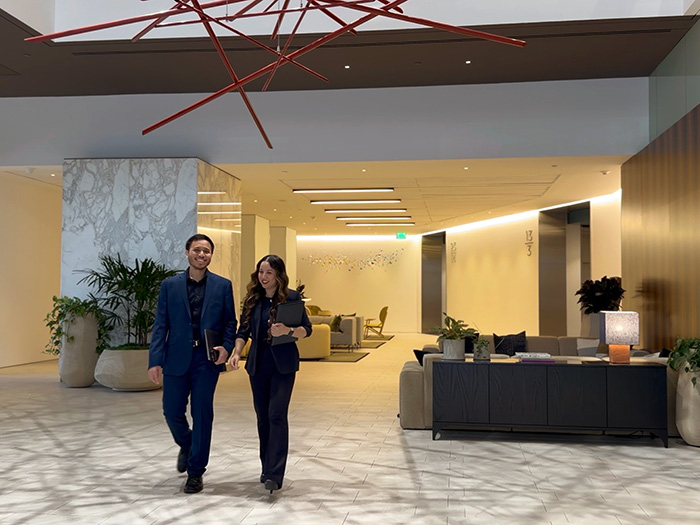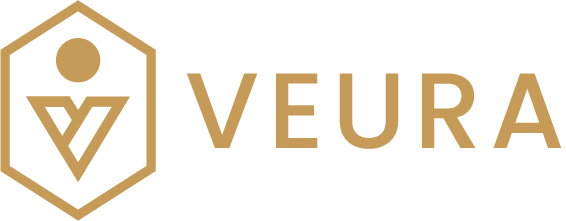Veura is a people analytics and employee experience design firm with a unique focus: translating workforce insights into designed employee experiences that drive lasting business impact and ROI. We created The Veura Method™, our signature 5-stage framework that connects analytics with action and embeds human-centered design and UX into every solution. The result is an approach that empowers leaders to make evidence-based decisions and implement strategies that create workplaces where both employees and business thrive.

